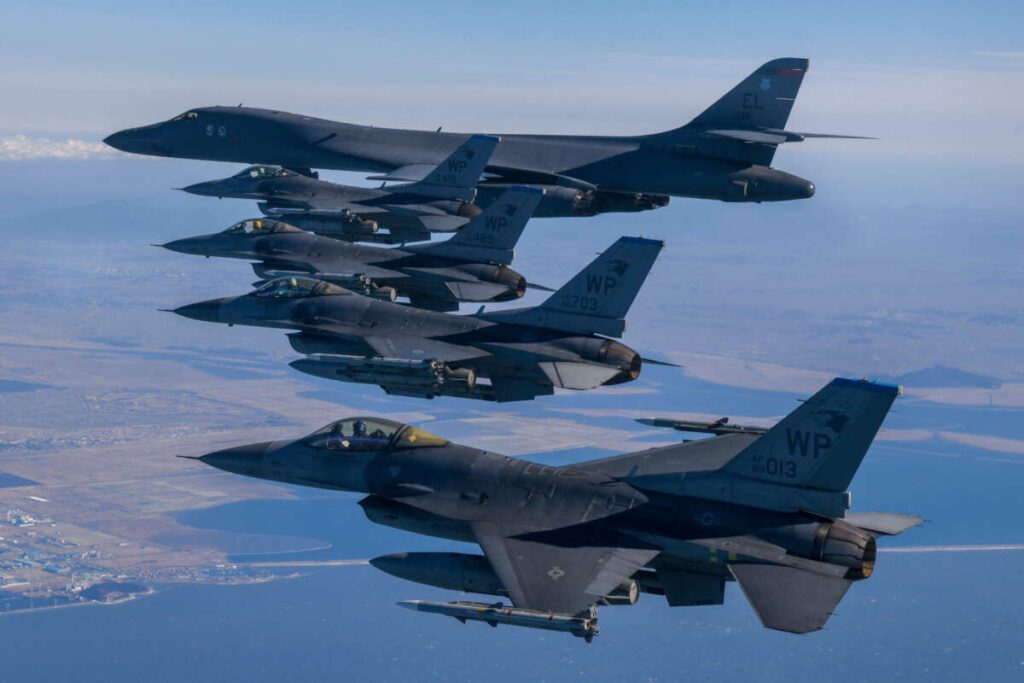In recent years, the geopolitical landscape of East Asia has been marked by the escalating tensions between North Korea and South Korea. With a focus on the missile capabilities of both nations, this article aims to provide a detailed and comprehensive analysis of the situation. By examining the historical context, current developments, and potential implications, we aim to shed light on this critical issue.
Historical Background: A Legacy of Conflict
The division between North Korea and South Korea dates back to the end of World War II, when the Korean Peninsula was split along the 38th parallel. This division led to the formation of two separate countries with contrasting ideologies and political systems. The Korean War in the 1950s further intensified the animosity between the two nations, resulting in a fragile armistice that has lasted to this day.
North Korea’s Missile Program: Advancements and Concerns
North Korea’s missile program has been a growing concern for the international community. The country’s relentless pursuit of nuclear weapons and long-range missiles has raised alarms worldwide. Despite economic sanctions and diplomatic pressure, North Korea has continued to develop and test its missile technology, including intercontinental ballistic missiles (ICBMs) capable of reaching distant targets.
The advancements in North Korea’s missile program pose significant security challenges for its neighbors and the global community. The range and accuracy of these missiles have increased over time, raising fears about the potential threats they pose to regional stability and international security.
South Korea’s Defense and Deterrence Measures
In response to North Korea’s missile program, South Korea has taken steps to strengthen its defense capabilities and deter potential attacks. The country has invested heavily in its missile defense systems, including the deployment of the Terminal High Altitude Area Defense (THAAD) system, which aims to intercept and destroy incoming missiles.
South Korea has strengthened alliances, particularly with the United States, to bolster defense capabilities and deter North Korean aggression. Joint military exercises and information sharing are key aspects of their security cooperation.
Current Developments: A Delicate Balancing Act
The current situation on the Korean Peninsula remains tense and unpredictable. Despite occasional diplomatic breakthroughs and inter-Korean dialogues, the underlying issues and mistrust between North and South Korea persist. The sporadic missile tests and provocative actions by North Korea continue to strain the fragile peace in the region.
Efforts to engage North Korea in denuclearization negotiations have yielded mixed results. Challenges persist in resolving the North-South Korea nuclear issue, despite intermittent calm and diplomatic dialogue.
Also read more :
The Complex Trait of a Perfect Heroine: Desire to Possess:
Implications and Future Prospects
The ongoing tensions between North Korea and South Korea have far-reaching implications for regional stability and international relations. The potential consequences of a military confrontation or miscalculation cannot be understated. The threat of nuclear conflict in the region poses a grave risk to millions of lives and has global reverberations.
To mitigate these risks and foster lasting peace, diplomatic engagement and dialogue remain crucial. A multilateral approach involving all stakeholders, including regional powers, must be pursued to find a peaceful resolution to the long-standing issues on the Korean Peninsula. Confidence-building measures, trust-building initiatives, and sustained diplomatic efforts are vital to de-escalate tensions and promote stability.
Conclusion
Escalating North-South Korea tensions, particularly regarding missile capabilities, have major implications for regional and global security.
Efforts must continue to be made to foster dialogue, build trust, and explore diplomatic solutions. Only through sustained engagement and cooperation can the Korean Peninsula move towards a future of peace and stability.

